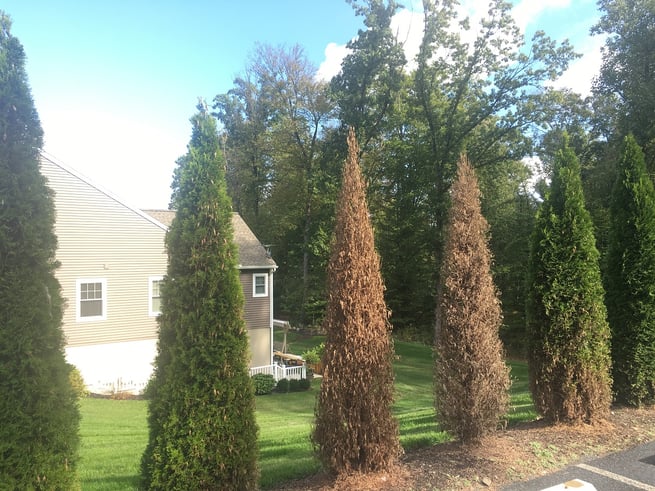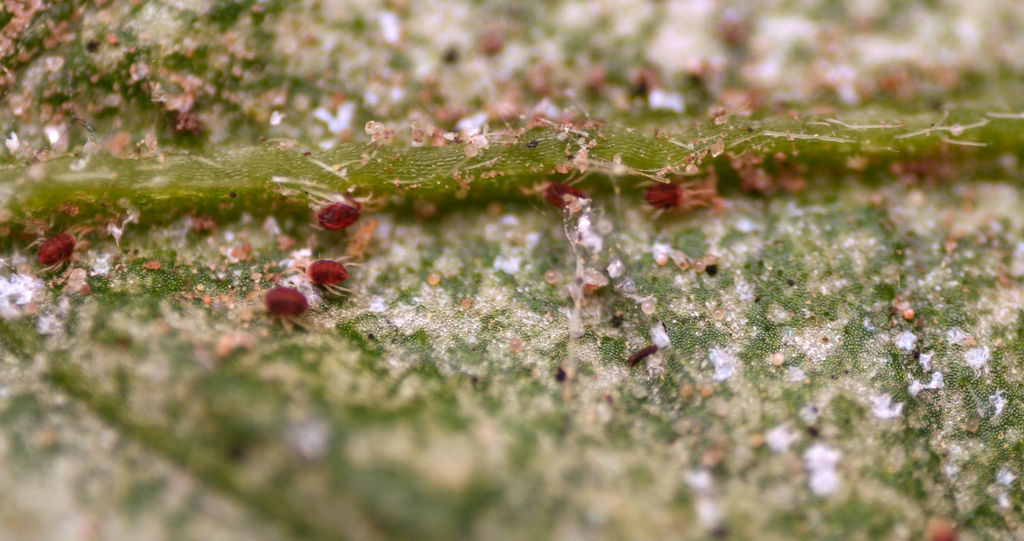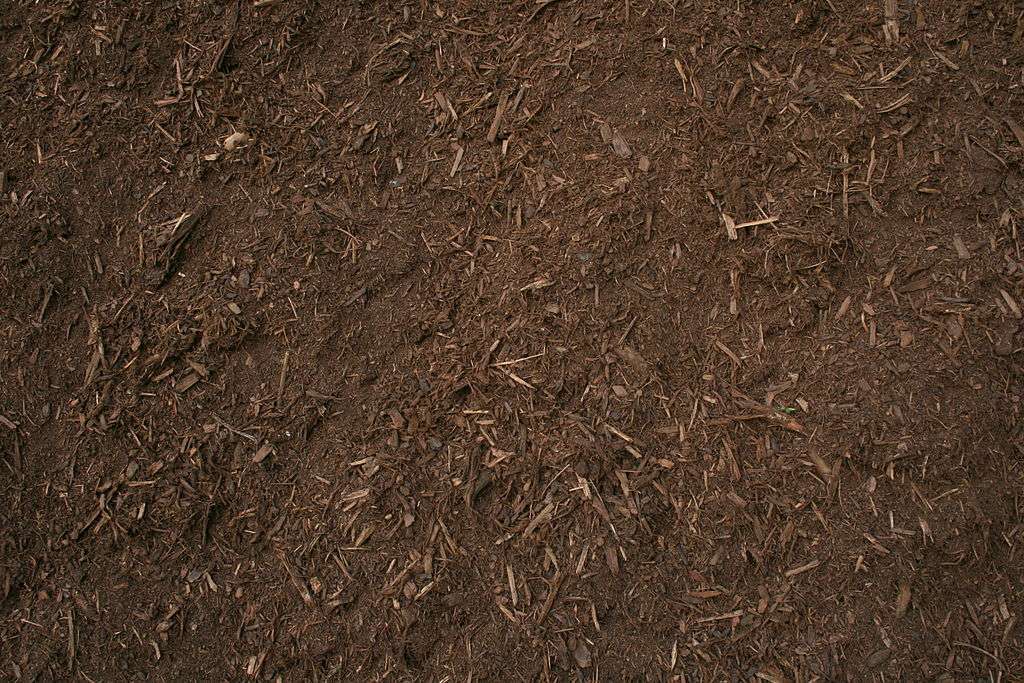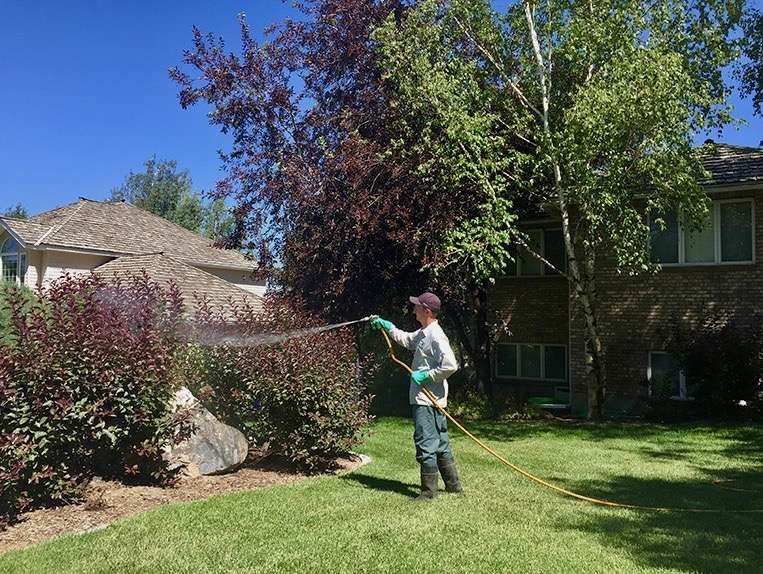What to Do if Your Arborvitae is Turning Brown: Tips for Idaho Homeowners
There are lots of great things that are green — green M&Ms; green cold hard cash; green traffic lights — and green arborvitae are right up there.
Their deep emerald green is a standout in the landscape, especially during the gray days of winter.
So when your precious arborvitae is turning brown, it’s perfectly understandable if you stand out in the middle of your front yard and shriek, “WHY IS MY ARBORVITAE TURNING BROWN??!!!”
Let’s figure it out together. Calm down and have some green M&Ms.
Is it Normal for Arborvitae to Turn Brown?
Actually, it’s pretty common. Here in Idaho we have really hard winters and a lot of wind. That’s not an arborvitae’s favorite kind of weather.
To make matters worse, people love to plant arborvitae as a wind block. Double trouble.

When your arborvitae can't draw water up through its root system to its leaves when the ground is frozen, those leaves turn brown and die. It’s called winter burn.
Foliage starts to brown at the tips of branches and progresses inward toward the center of the shrub.
There are other reasons why arborvitae starts to turn brown:
Too Little Water
Most established plants need about 1 inch of water per week. If your area isn’t getting regular rainfall and you’re not offering your arborvitae supplemental water, it’ll get stressed out, often showing signs of browning.
But don’t water every day. Deep, infrequent watering is best, along with an additional occasional deep soaking.
Creepy Little Spider Mites
Sometimes arborvitae turn brown due to spider mites. These very hungry pests eat by piercing the leaves of your plants and sucking up the plant fluids.

If that’s the problem, you’ll need a miticide treatment. Let’s repeat that: "miticide." Not insecticide. These sneaky little pests aren’t controlled by regular insecticides. You need a miticide specifically designed to kill mites.
What to Do if Your Arborvitae is Turning Brown
If your arborvitae was zapped by winter burn, it’s tempting to quickly prune off the brown parts. Hold off, please, until well into spring or early summer, to see if the brown branches bounce back.
Can My Brown Arborvitae Be Saved?
If the majority of your arborvitae has died, it’s likely it won’t recover and will need to be replaced. Sorry. But before you plant…
How to Prevent Your Arborvitae from Turning Brown
Be mindful of where you plant your arborvitae. Don’t expect the poor thing to serve as a windbreak in frigid Idaho winters.

Head off winter burn with these tips:
- Water your arborvitae in late autumn before freezing temperatures set in.
- Mulch with about 3 inches of shredded bark.
- Protect them over winter with a burlap screen which surrounds them on all sides, or with a burlap wrap.
The Beauty of Idaho Tree and Shrub Care
What to do if your arborvitae is turning brown? Your best defense against brown arborvitae is having a healthy plant in the first place so it can survive tough conditions.

A good plant health care program is your arborvitae’s best friend, offering food and fixes for every pesky problem. Get your plant pride back with the best Idaho Falls and Boise plant health care services.
Are Your Shrubs Ready for a New Best Friend?
Poor arborvitae. We sometimes expect too much of them. Help them be their beautiful green best with plant health care services like fertilizing and insect control.
Plant Health Care Services can be added for our Idaho Falls and Boise customers who use our full-service lawn care program.
That gives you extra peace of mind — choose an Idaho Falls or Boise professional lawn care service that bundles your yard’s most-needed treatments into one convenient, no-fuss plan, plus know your valuable shrubs are getting the nourishing nutrients they need to thrive, and treatment for the pesky insects that love to attack them.
Got a few minutes? That’s all you need to get started.
Fill out the form on this page.
Call us at (208) 656-9131.
Or read more about our services.
Then kick back and relax in your healthy, thriving yard.
Image Source: Spider Mites, Mulch


